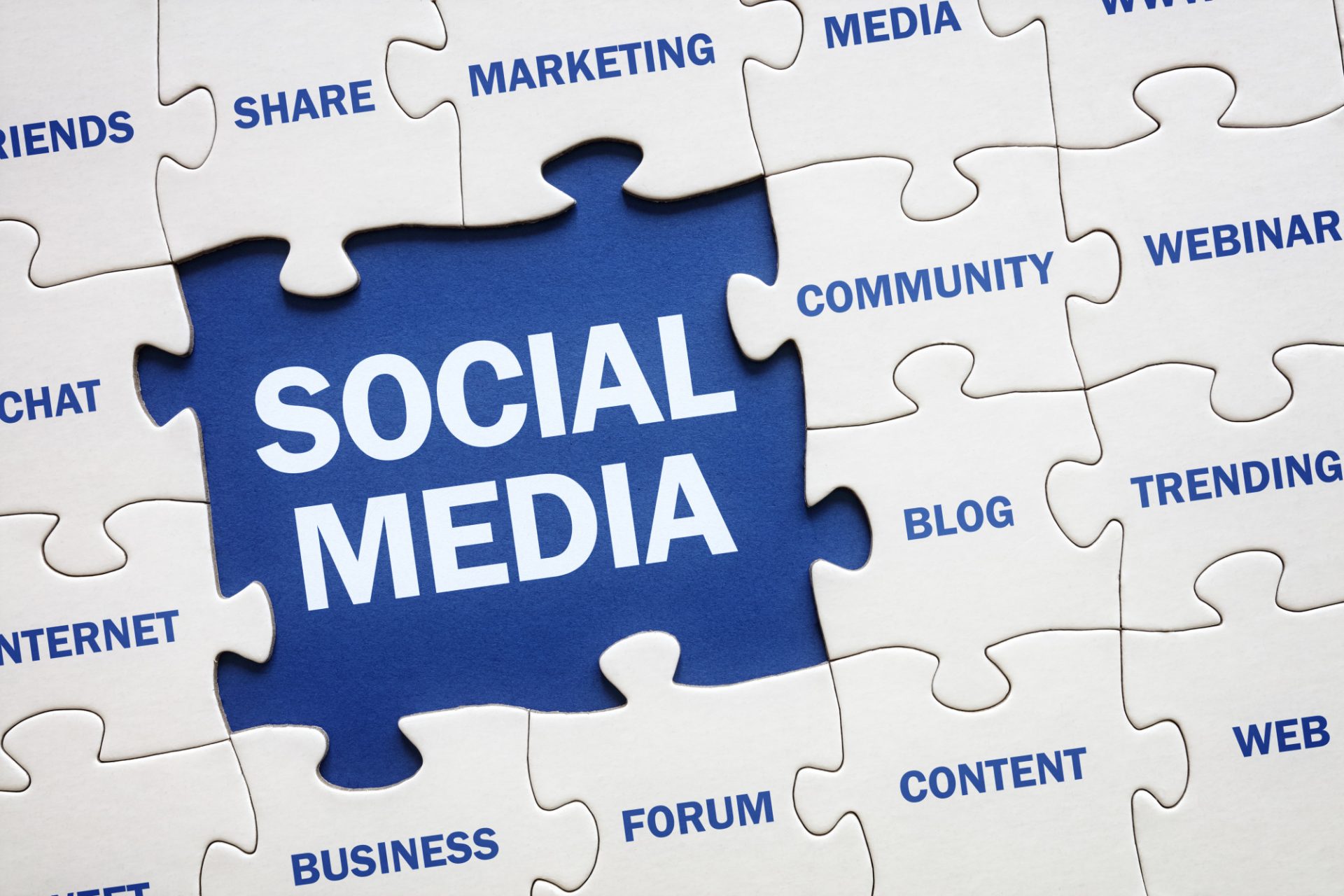
6 Creative Ways to Use Emojis in Emails
It’s no secret that email marketing is one of the most lucrative ways that you can target your audience.
In fact, nearly 70% of small businesses use email marketing as one of the primary methods of communicating with their customers. Your tone doesn’t always have to be formal, either— you can implement emojis in your messages as long as you use them creatively.
Not quite sure how to begin? We’ve got all the info you need.
Let’s explore everything you should keep in mind when it comes to using emojis in emails.
1. Use Them Appropriately
It should come as no surprise that emojis are only effective in email marketing if you use them appropriately— the emojis that you use should match the tone of your message.
For example, you wouldn’t want to include smiley faces or laughing emojis when you announce that a key member of your company is no longer working with you. The same can be said about using sad emoji alongside positive news.
In general, you should avoid using sad emojis entirely since you run the risk of eliciting a negative emotional response in your audience.
2. Subject Lines Are Prime Real Estate
Your email subject line is perhaps the best place to use emojis, especially since there are so many creative ways in which you can do so. Animal emojis, in particular, are some of the most attention-grabbing.
A business that offers horseback riding lessons, for instance, could include a horse emoji in the subject lines of its marketing emails. This emoji could also be used in other scenarios for different businesses when discussing horsepower vehicles, track & field events, etc.
It’s generally recommended to limit yourself to one emoji per subject line, though. Otherwise, this could be visually overwhelming and also make your business seem unprofessional.
A well-placed emoji could sometimes mean the difference between a user skimming their inbox or opening your message. So, don’t neglect the utility that they provide.
3. Don’t Spam
Limiting your overall use of emojis is also a good idea when it comes to the body copy of your email.
You can think of emojis as a sort of ‘spice’ to accent the overall flavor of your message. If you overuse them, you can ruin the experience entirely and make your message far less effective.
In some scenarios, this could also result in people unsubscribing from your email list.
Instead, use emojis to add a bit of punch to the end of a sentence or paragraph. They’re also good to use during the conclusion of your message, as it will help your message end on a positive note.
4. Avoid Emojis That Could Be Misinterpreted
Unfortunately, many businesses made the mistake of using certain emojis incorrectly. This often stems from researching the actual definition of the Moji and not its social significance. For example, tired emojis can often be misconstrued as being sad (or whiny, in some cases).
Others (such as the ‘information desk’ emoji) could come off as you being sassy or rude. So, it’s essential that you take the time to fully understand the social meaning behind each emoji that you’re planning to use in order to avoid any awkward interactions with your audience.
It’s not impossible for a single unpleasant interaction to leave a negative impression of your brand, which is something you’ll want to avoid at all costs.
5. Brand Your Emojis
If there’s an existing emoji that coincides with your brand, you should use it as frequently as possible so that you can effectively brand this icon. For example, the aforementioned facility that provides horseback riding lessons could use horse emojis consistently in their marketing efforts.
Over time, it will be difficult for their audience to think of that emoji or use it without associating it with that business.
Keep in mind, though, that this doesn’t work for every scenario. A clothing brand that specializes in designer clothing or skater fashion wouldn’t benefit from constantly using a T-shirt or denim jeans emoji. Although these emoji’s represent clothing, they aren’t specific enough for that particular company to support their brand with.
6. Focus on The Most Popular Options
As you may expect, not every emoji is viable in every scenario. So, you’ll need to prioritize using the most popular ones in order to achieve the result you’re looking for.
These include:
- Hearts
- Heart-eyes
- Crying
- Sunglasses
- Laughing
- Thumbs-up
It should be noted that the crying emoji is typically used in situations where a sentimental feeling is expressed. For example, someone on social media might use crying emoji alongside a picture of newborn puppies. If using the crying emoji doesn’t convey this type of situation, it’s best to avoid using it altogether in that particular message.
For example, you could easily make someone uncomfortable with the following headline if there’s a crying emoji at the end:
We’re Here to Help You Through COVID-19.
As long as you use them correctly, though, you’ll find that you can significantly increase your open rate and improve engagement throughout the rest of your message.
Using Emojis in Emails Effectively Can Seem Complicated
But the above information will make the process far smoother. From here, you’ll be able to ensure that the investment you make into email marketing provides the highest return possible.
Want to learn more about what we have to offer? Feel free to reach out to us today and see how we can help.
© 2020, Chris Duncan. All rights reserved.



